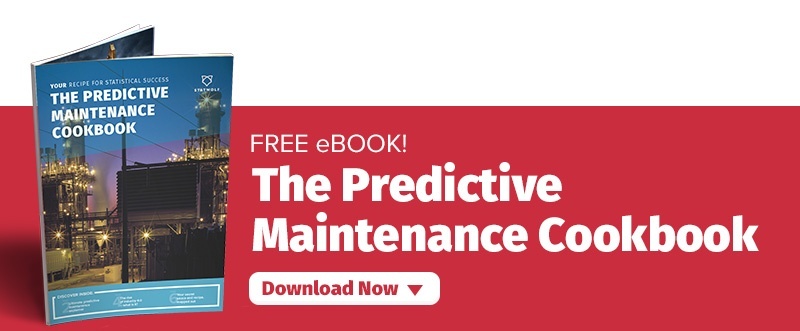How to set up your organisation for data science (even if you’re non-techy)
Stepping into the world of data science can seem daunting for someone who thinks of a snake when they hear the word Python.
But Big Data is becoming more accessible to non-techy personnel by the day, with technologies and tools available for almost any business need.
But with everything that’s available it’s sometimes difficult to embrace data science consistently. Here are six steps that will help you get started on the right foot – and don’t worry: you won’t need a degree in data science to decipher them.
1. Get organisational buy-in
Your biggest obstacle won’t have anything to do with maths, technology or the financial cost attached to them. Instead, businesses will have to overcome a cultural issue – the transformation from a knowing culture to a learning culture, Murli Buluswar, Chief Science Officer at AIG, told McKinsey & Co.
Data science is inherently inquisitive. Your organisation is seeking to understand how it can improve its processes and products to achieve a better outcome. Ignoring what the numbers say, or sticking with gut intuition, can derail a project before it even leaves the station.
Make sure to encourage this approach across the entire organisation: Big Data is here to help, not to make lives more difficult.
2. Set up your environment for success
Data science is an exercise in logic. Namely:
- What are the business’ issues (process, product, marketing, etc.)?
- How are they inefficient?
- Where could improvements be made?
By identifying A and B, companies learn the answer to C. But doing so relies on the right foundation.
Start by highlighting the key functions you want data science to serve. Is it improving the speed with which specific products are created, or
Next, ensure that you’re tracking that goal in as many ways as possible. This may require incorporating sensor technology at the warehouse level to sync with your logistical infrastructure, or simply tracking your marketing strategy through a marketing dashboard.
3. Build the right team
If you’d like to dedicate resources to on-going data science projects, you’ll need to know what to look for in potential staff.
Michael Hochster, Director of Data Science at Stitch Fix, believes there are two main archetypes that work with Big Data:
- Analysis (Type A): People who can draw insight from statistical analysis.
- Building (Type B): People who can build powerful algorithms and statistical models.
This serves as a general baseline for the skills you’ll want to look for when conducting your search. But not every company has the capital to hire new staff – not to mention the fact that there’s a market
That doesn’t necessarily mean your company can’t adopt data science though; you’ll just need to be very smart about your hires.
4. Give craftsmen their tools
Intuitive data science platforms are flexible in that they can be incredibly valuable to a team that has in-house data scientists, and nearly indispensable to one that doesn’t.
Statwolf’s data science platform is easy to deploy and powerful to use. The cloud-based solution offers a host of features, such as:
- Configurable data modelling.
- Automated data collection and reporting.
- Customisable workflows.
- Pre-built machine learning algorithms.
- Seamless data visualisation from raw metrics.
Given its user-friendly and flexible nature, it’s a data science platform that fits well in nearly any situation.
5. Don’t set it and forget it
Data science shouldn’t be a forgotten New Year’s resolution – don’t buy the membership to the gym, then never go.
Continuously evaluate the progress of your project with daily reports and configurable dashboards that can visualise your growth. This is made easier with a data science platform that accomplishes these tasks automatically.
Why is this so important? It’s a hallmark of effective data and analytics management – a category that represented just 4 percent of business leaders surveyed in a study from PwC. Even worse, nearly 75 percent of the respondents thought they were maximising their assets, which was found to be false.
It’s easy to fall into a trap where collecting data means you’re succeeding, but that’s only half the battle. Businesses must constantly monitor, refine and improve their sources and metrics to get the most out of it, and eventually make every decision based on what the numbers say.
6. Act quickly on insights
Part of the reasoning behind consistently monitoring your analytics project with a dashboard and daily reports is that if you see a trend, you should act on it immediately.
The main reason is that the value in analytics lies in finding improvements in your organisation quicker than your rivals can – which gives you ample time to ensure changes are being made correctly, rather than flailing and trying to catch up to market leaders.
Get started with data science today
Ready to start using advanced analytics to drive bottom-line success at your company ?
Contact us to find out how your business can adopt the trend, or set up a demonstration with one of our experts.



